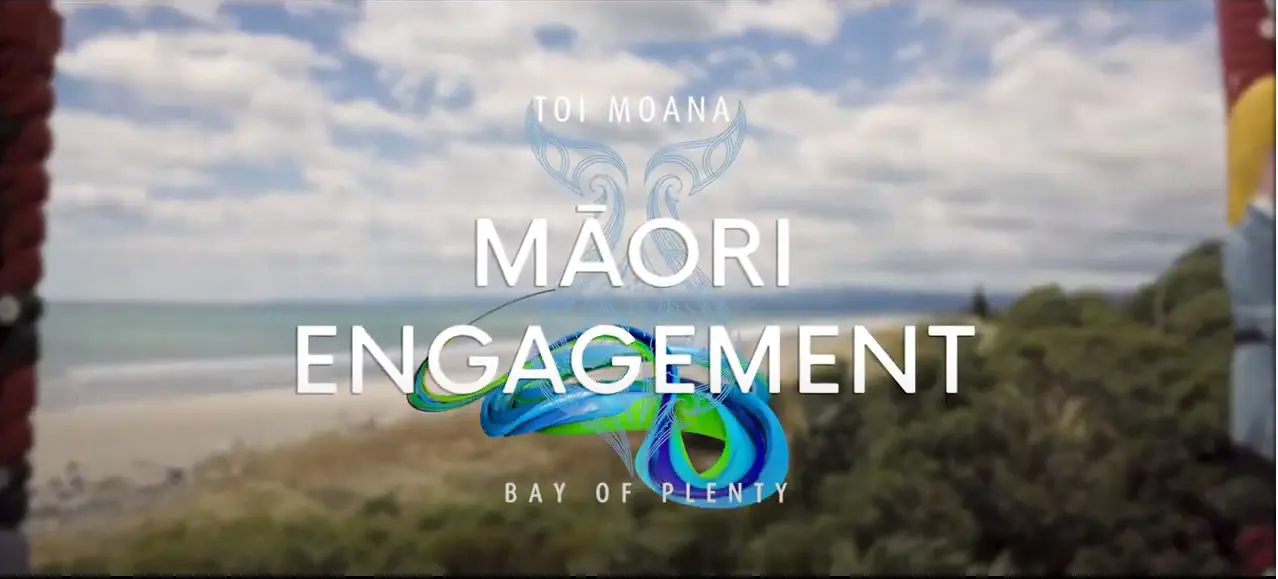Māori are key partners, stakeholders and members of our community.
Te Moana a Toitehuatahi (Bay of Plenty) has the largest number of iwi within any region in New Zealand. Our rohe is also home to New Zealand's third largest Māori population.
- There are approximately 36 iwi 260 hapū and 180 marae as our baseline figure.
- The Bay of Plenty region has the second highest rate of Māori language speakers in the country.
- Māori represent a third of the region’s population.
- Around 37 percent of land tenure is in Māori title. There are more than 5200 parcels of Māori land in the region.
- There are approximately 1770 land trusts in the region which hold more than $6.6 billion in assets.
- Recent Treaty settlements delivered $433 million of investment funding into the Bay of Plenty region. This will increase with future settlements.
Māori make a significant contribution to our region through their ownership of notable assets; contribution to economic development; participation in co-governance and their growing influence in the conservation, preservation and management of our natural resources.
Te Ara Poutama
Te Ara Poutama | The Pursuit of Excellence is the new community outcome introduced under the adoption of the current Long Term Plan 2024-2034. The pursuit of excellence inspires a commitment to innovation, excellence, and continuous improvement.
Te mahi tahi ki te tangata whenua me te hapori ki te anamata taurikura me te anamata tautika.
Partnering with tangata whenua and community towards a prosperous and equitable regional future.










